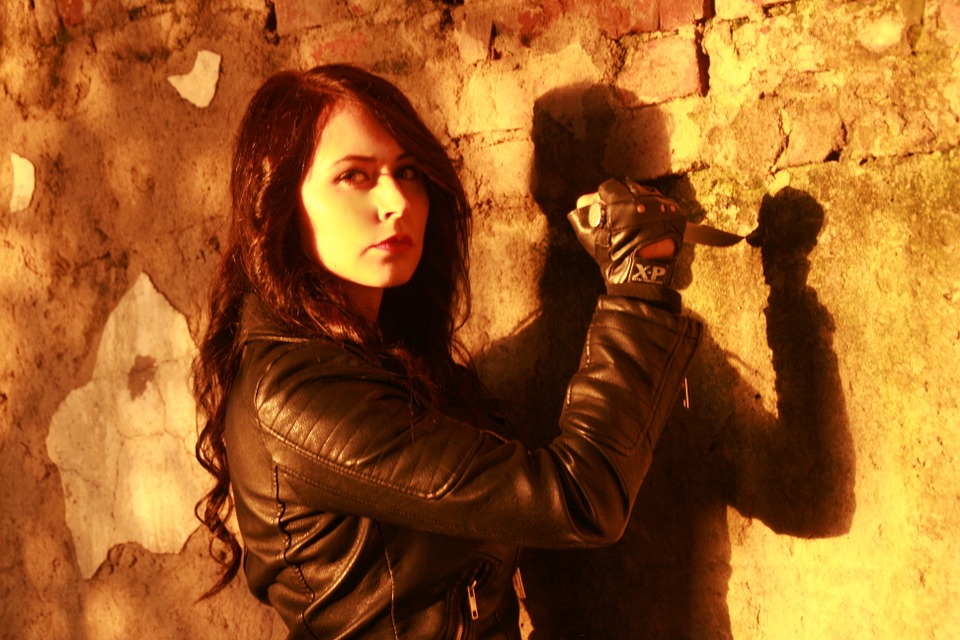Leather is one of the world’s oldest and most popular textiles. It’s used in everything from furniture and clothes to books, wallets and more. Today, we’re going to take a closer look at leather by revealing some things that you may not know about it.
It’s Biodegradable
Some people assume that leather is bad for the environment, believing it takes hundreds or thousands of years to decompose. In reality, though, leather is fully biodegradable, usually requiring just 20 to 40 years to completely break down when exposed to the appropriate bacteria and/or fungi. In comparison, it takes vinyl materials more than 500 years to decompose.
Leather is Hardened Through the Tanning Process
Before it’s tanned and processed, leather is actually very soft. So much, in fact, that it’s easy to break — and that’s simply not acceptable when producing jackets, belts, shoes and other common leather products. By tanning it, however, leather becomes harder and more durable; thus, making it acceptable for these and other applications. This is because tanning removes the fat deposits from the animal hide, which are responsible for its softness. So, while it’s not as soft, tanned leather is stronger and more durable than untanned animal hide.
Some Types of Leather are Water Resistant
Normally, you should keep leather away from water, as it can damage the material by promoting mildew. However, there are certain types of leather that are resistant to water, such as deerskin leather. As the name suggests, deerskin leather is made of deer hide rather than cow hide. This offers several key benefits, one of which is greater resistance to water. It’s unknown exactly why deerskin leather is resistant to water, though some experts theorize that it’s because of the dense, moisture-rich environment in which deer live. So, perhaps they’ve evolved over the years to develop water-resistant hide, with this characteristic carrying over to deerskin leather.
Leather Jackets are Time-Consuming and Tedious to Make
There’s a reason why genuine leather jackets come with a premium price tag: they are difficult to make. Most high-quality leather jackets are meticulously crafted by hand, a process that often takes dozens of hours. Furthermore, leather isn’t cheap for companies that produce leather jackets and products. All of these factors contribute to the premium price tag of genuine leather jackets and goods.
You Can Protect Leather with Saddle Soap
If you want to preserve the look and condition of your leather, it’s recommended that you use saddle soap on it. Saddle soap is a type of cleaning and conditioning product that’s designed specifically for leather. Most varieties contain mild soap, as well as softening agents like lanolin and preservatives like beeswax. By applying saddle soap to your leather, you’ll give it just enough moisture to protect it from drying out, while also creating a barrier of protection over the surface. It’s the easiest and most effective way to prolong the life of your leather goods, so don’t forget the saddle soap!
Some Leather Contains a Protective ‘Finish’
During its production, some leather workers add a surface coating to the leather. Depending on the specific type of coating, this may increase its aesthetics, improve its softness, or protect it from moisture. While not a required step when making leather, it’s a common procedure nonetheless.
The most common finishing operations used to make leather include oiling, brushing, padding, buffing, spraying, curtain coating, polishing, plating, embossing, glazing and tumbling.
Leather Jackets First Appeared During the Early 1900s
Leather jackets have been around for more than a century, with some of the earliest examples dating back to the turn of the 20th century. During the early 1990s, leather jackets were given to aviation pilots and crewmen. This wasn’t a fashion statement, but rather it was designed to protect them from the cold temperatures of high-altitude flight. Back then, aircraft cabins weren’t temperature-controlled, resulting in extreme cold temperatures at high altitudes. To protect pilots and crewmen from these sub-freezing temperatures, the military gave them leather jackets. This is essentially how the aviator-style leather jacket came to be.
You Can Buy a Custom-Fitted Leather Jacket
Many people struggle to find the perfect-fitting leather jacket when shopping at local retail and department stores. Of course, this doesn’t apply strictly to leather jackets; it applies to all coats and outerwear. The good news is that you can order a custom-fitted leather jacket that’s made to fit here at LeatherCult. You specify your body measurements, and we’ll use those measurements to ensure your jacket fits just right. So, the next time you’re ready to buy a new leather jacket, order it here at LeatherCult to get the perfect fit.
Full-Grain Leather is The Highest Quality
Different types of leather have different levels of quality. Corrected-grain leather, for instance, is one of the lowest quality types of leather. It’s characterized by an application of artificial grain to the surface (hence the name: corrected grain). On the other hand, full-grain leather is the highest quality type of leather. Full-grain leather isn’t sanded, snuffed or buffed, meaning subtle imperfections remain on the surface of the hide. This is actually good, however, as these imperfections increase its strength and durability. Full-grain leather is typically used in high-end furniture, jackets, shoes and other premium products.
Some Leather Products Aren’t Made of Leather at All
You need to be careful when shopping for leather jackets and other leather products. Even if it says it’s made of leather, it may actually be made of synthetic materials that are designed to mimic the appearance and characteristics of real leather. Known as faux or fake leather, it looks like leather from afar. Upon closer inspection, however, you’ll see that faux leather is hard, uncomfortable and has an unusual odor to it. For these reasons and others, it’s best to stick with 100% genuine leather instead.


